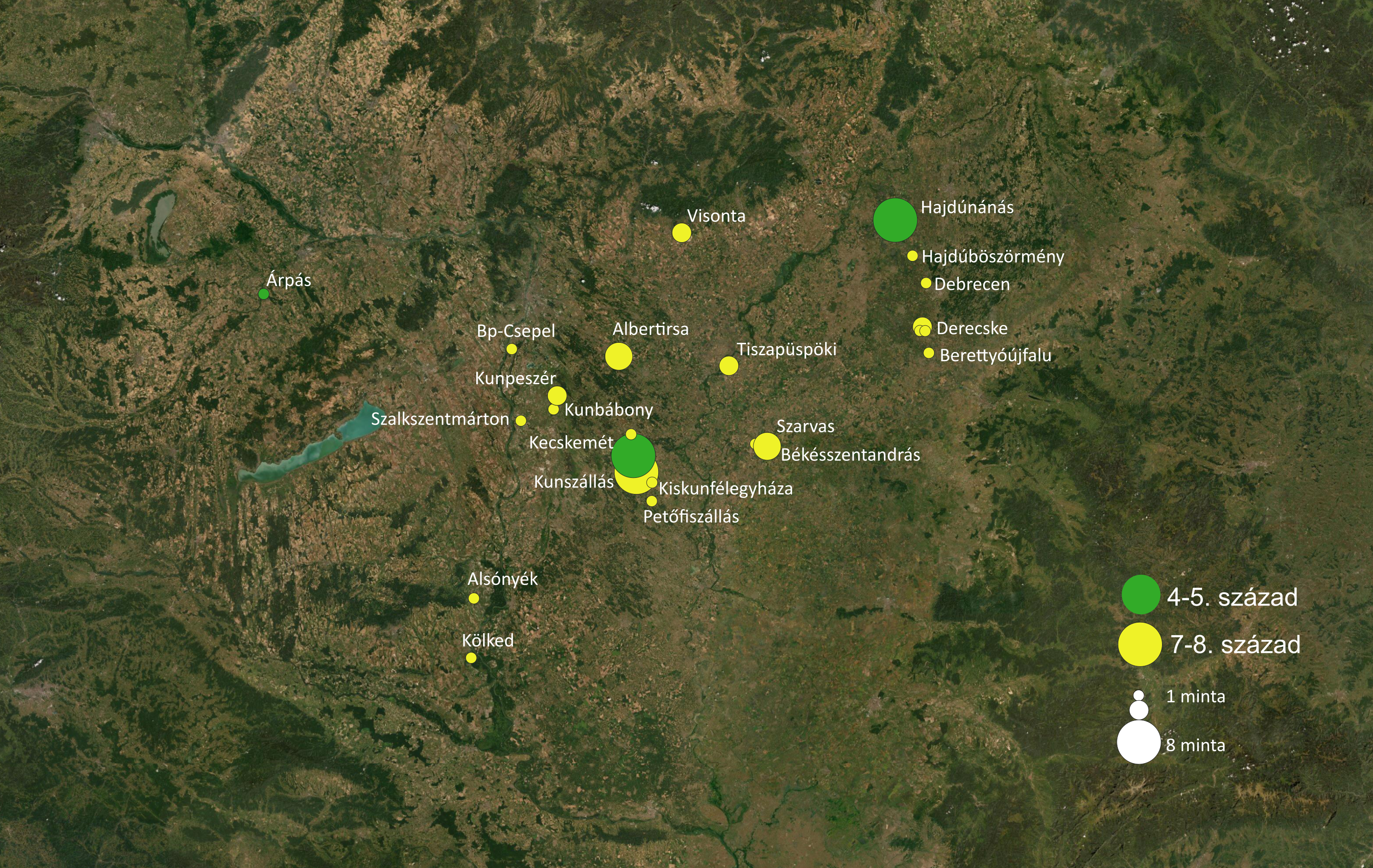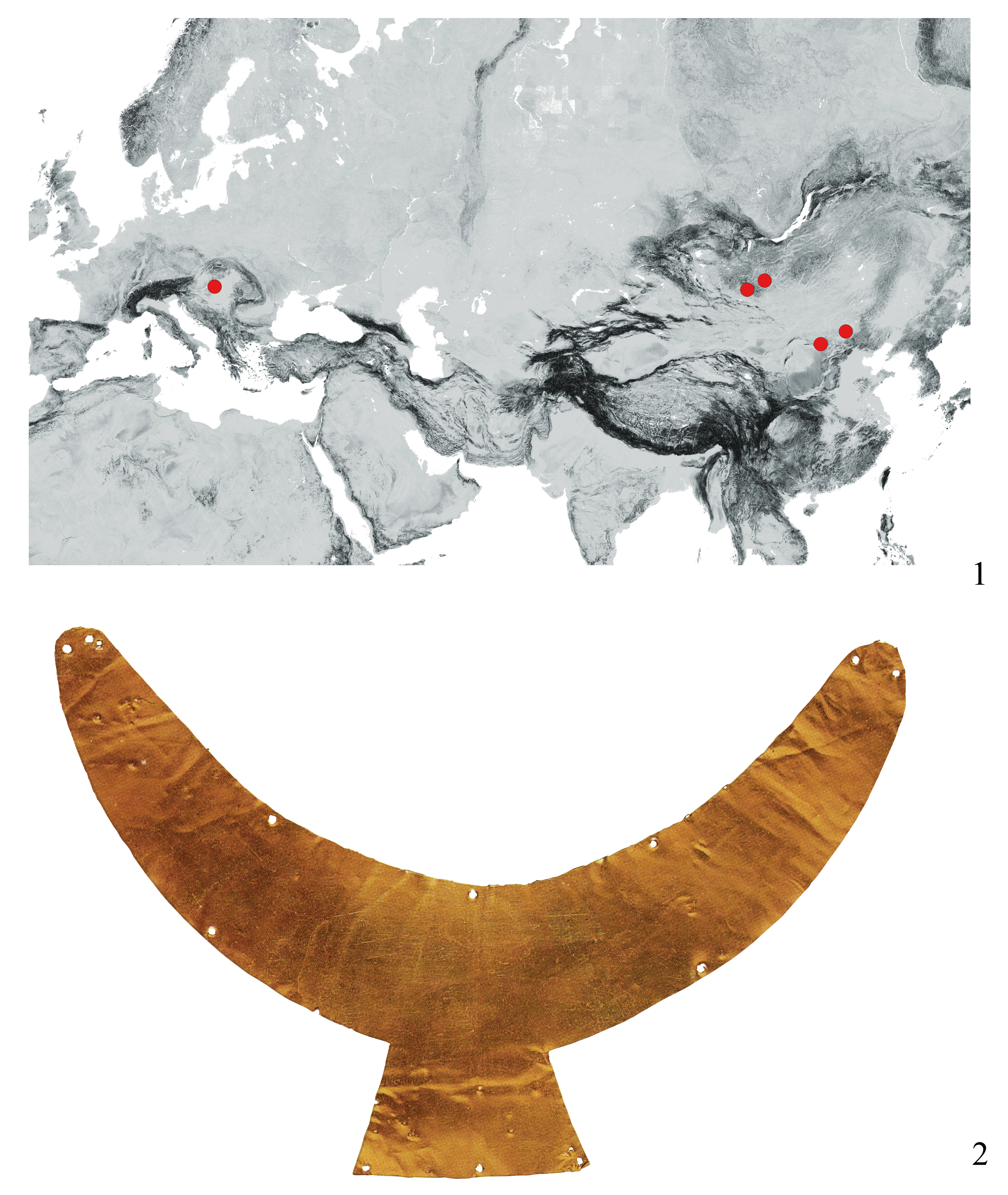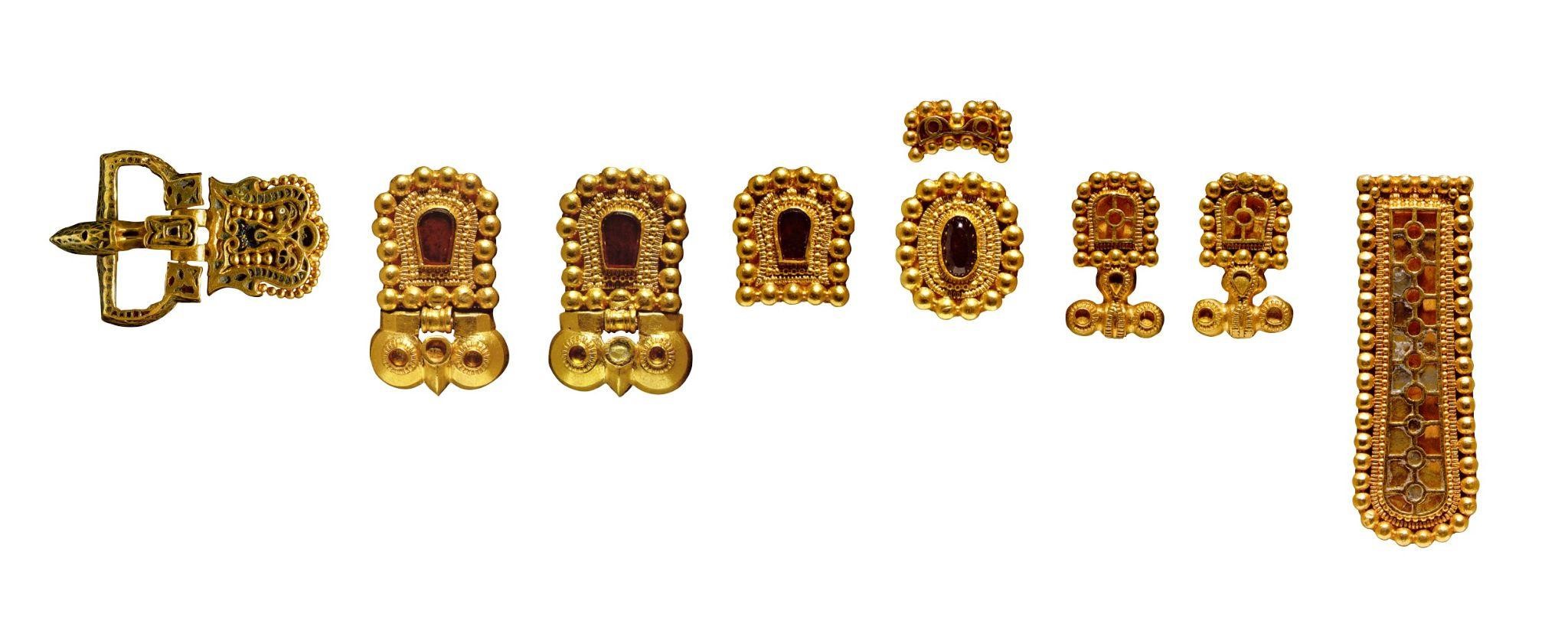,Who were the Avars? Less known than Attila’s Huns, they were their more successful successors, who ruled much of Central and Eastern Europe for almost 250 years. We know that they came from Central Asia in the sixth century CE, but ancient authors and modern historians debated their provenance. Had their core group arrived from Western Eurasia, or were they descendants of the Mongolia-based empire of the Rouran, known as formidable enemies of China?
Now, a multidisciplinary research team of geneticists, archaeologists and historians from the Max-Planck-Institute for Evolutionary Anthropology in Leipzig, the ELTE University (the Institute of Archaeological Sciences and the Department of Biological Anthropology) and the Institute of Archaeogenomics of Budapest, the Harvard Medical School in Boston, the Austrian Academy of Sciences and the Institute for Advanced Study at Princeton and other institutions from Europe, Asia and North America obtained and studied the first ancient genomes from the most important Avar elite sites discovered in present-day Hungary. This study published in the prestigious Cell scientific journal traces the genetic origin of the Avar elite to a faraway region of East Central Asia and confirms the results of the archaeogenomic study published earlier by the participating Hungarian researchers in 2020 (Csáky et al., Scientific Reports). Based on a wider database and complete genomic analyses, the new study provides direct genetic evidence for one of the largest and most rapid long-distance migrations in ancient human history. The research will be published in the April issue of Cell and is already available online.
 The sites examined in the study are from the Carpathian Basin, showing the sample numbers examined per cemetery.
The sites examined in the study are from the Carpathian Basin, showing the sample numbers examined per cemetery.
In the 560s, the Avars established an empire that lasted more than 200-years, centered in the Carpathian Basin. Despite much scholarly debate, their initial homeland and origin has remained unclear. They are primarily known from historical sources of their enemies, the Byzantines, who wondered about the origin of the fearsome Avar warriors after their sudden appearance in Europe. Had they come from the Rouran empire in the Mongolian steppe (which had just been destroyed by the Turks in 522), or should one believe the Turks who strongly disputed such a prestigious legacy?
Historians have wondered whether that was a well-organised migrant group or a mixed band of fugitives settled in the Carpathian Basin. Archaeological research has pointed to many parallels between the Carpathian Basin and Eurasian nomadic artefacts (weapons, vessels, horse harness), for instance the use of lunula-shaped pectoral of gold used as a symbol of power. We also know that the Avars introduced the stirrup to Europe. Yet we could not trace their origin in the wide Eurasian steppes.
 Prevalence of lunula-shaped chest ornaments in Eurasia. Source: Csáky et al. 2020. FIG. S3.
Prevalence of lunula-shaped chest ornaments in Eurasia. Source: Csáky et al. 2020. FIG. S3.
In this study 66 individuals from the Carpathian Basin (4th-8th century) were analysed, including the eight richest Avar graves ever discovered, overflowing with golden objects. The genetic analyses were begun by the Institute of Archaeogenomics of Budapest, then continued by the Max-Planck-Institute for Evolutionary Anthropology in Leipzig, supplemented by the results of the Harvard Laboratory.
 Gold ornamented belt of a noble from Kunbábony with a Byzantine buckle (H. Tóth - Horváth 1992)
Gold ornamented belt of a noble from Kunbábony with a Byzantine buckle (H. Tóth - Horváth 1992)
In addition to Avar-era individuals from our region, other (Sarmatian and Hun-era) groups were examined in the study. The genome-wide DNA data obtained during the analyses provided definite clues as to the origin of the population. The historical contextualization of the archaeogenetic results allowed us to narrow the timing of the proposed Avar migration.
 Drawing of a grave excavated on the Derecske-Bikás vineyard, with an armored Avar warrior and his horse. Drawn by Balázs Wieszner, Tímea Czirbik-Gulyás and Zoltán Faur
Drawing of a grave excavated on the Derecske-Bikás vineyard, with an armored Avar warrior and his horse. Drawn by Balázs Wieszner, Tímea Czirbik-Gulyás and Zoltán Faur
They covered more than 5000 km in a few years from Mongolia to the Caucasus, and after ten more years settled in what is now Hungary. This is the fastest long-distance migration in human history and has now been reconstructed thanks to ancient DNA. Besides their clear affinity to Northeast Asia and their likely origin due to the fall of the Rouran Empire, we also see that the 7th-century Avar-period elites show 20-30% of additional non-local ancestry, likely associated with the North Caucasus and the Western Asian Steppe, which could suggest further migration from nearby areas.” said Guido Gnecchi-Ruscone, the co-first author of the study. Anna Szécsényi-Nagy, the other first author of the study, added: “The dominant East Asian ancestry is found in individuals from several sites in the core settlement area between the Danube and Tisza rivers in modern day central Hungary.” However, outside the primary settlement region the researchers found high variability in interindividual levels of admixture, especially in the South-Hungarian site of Kölked. This suggests an immigrant Avars elite ruling a diverse population with the help of a heterogeneous local elite. “These exciting results show how much potential there is in the unprecedented collaboration between geneticists, archaeologists, historians and anthropologists for the research on the Migration period”, emphasized Vida Tivadar, director of the Institute of Archaeological Sciences of Eötvös Loránd University, initiator and leader of the research in Hungary.
This research is part of HistoGenes, an ERC-funded project investigating the period of 400-900 CE in the Carpathian Basin from a multidisciplinary perspective.
Hungarian institutions and researchers participating in this study:
Institute of Archaeological Sciences, Faculty of Humanities, Eötvös Loránd University (Tivadar Vida, Zsófia Rácz, István Koncz)
Institute of Archaeogenomics, Research Centre for the Humanities, Eötvös Loránd Research Network (Anna Szécsényi-Nagy, Veronika Csáky, Bea Szeifert, Balázs G. Mende)
Institute of Archaeology, Research Centre for the Humanities, Eötvös Loránd Research Network (Gergely Csiky)
Institute of History, Research Centre for the Humanities, Eötvös Loránd Research Network (Gabriella M. Lezsák)
Department of Biological Anthropology, Faculty of Natural Sciences, Eötvös Loránd University (Tamás Hajdu, Tamás Szeniczey)
Department of Anthropology, University of Szeged (Antónia Marcsik)
Déri Museum, Debrecen (Tamara Hága, JánosDani, Márta Szelekovszky)
Ferenczy Museum, Szentendre (Mónika Jászberényi, Tibor Ákos Rácz)
István Dobó Castlemuseum, Eger (Zoltán Tóth)
Ferenc Móra Museum, Szeged (András Benedek)
Hungarian Natural History Museum (Zsolt Bernert)
Hungarian National Museum (Szabolcs Czifra)
Aquincum Museum, Budapest (Viktória Kisjuhász)
József Katona Museum, Kecskemét (Bernadett Kovacsóczy)
Rétköz Museum (Eszter Tutkovics)
Damjanich Museum, Szolnok (Eszter Tárnoki)
Salisbury Ltd. (Norbert Berta, Zoltán Farkas)
Istanbul Medeniyet University (Csilla Balogh)
Further information:
Tivadar Vida (Institute of Archaeology, Faculty of Humanities, Eötvös Loránd University):
Anna Szécsényi-Nagy (Institute of Archaeogenomics, Research Centre for the Humanities, Eötvös Loránd Research Network):
For the original article, click HERE.
Histogenes movie: https://vimeo.com/679041312/09ba266335
Press publication:
phys.org - Origins of the Avars elucidated with ancient DNA


